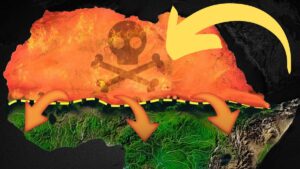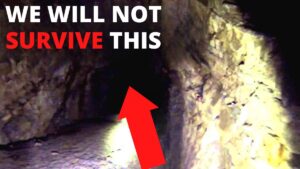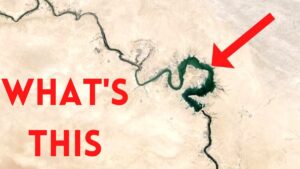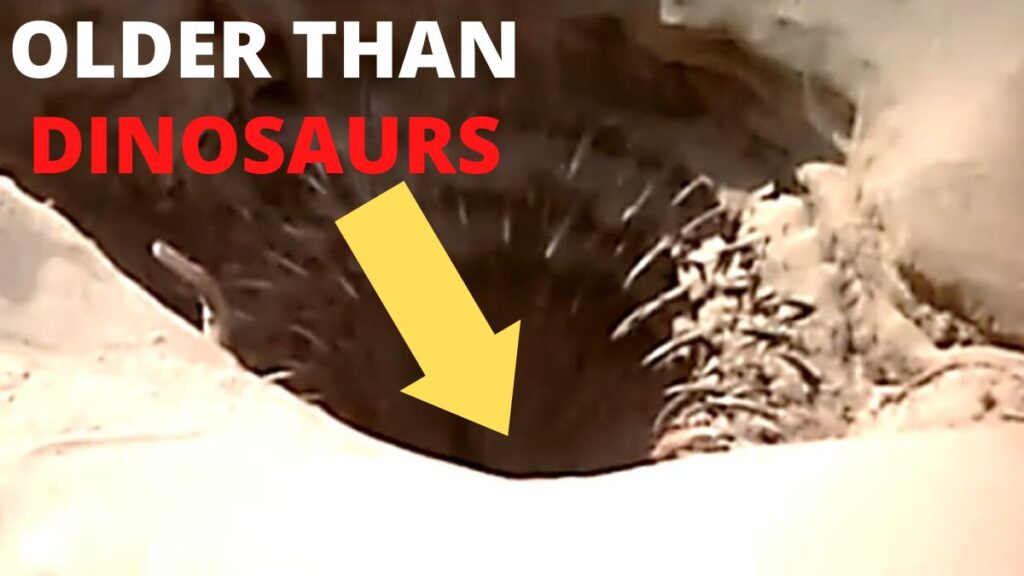
Grand Canyon National Park still has a lot to offer visitors despite being one of the most popular tourist destinations in the United States.
Although the Grand Canyon might seem like a good place to look for dinosaur bones, none have ever been found there, and for good reason.
The rock that forms the walls of the canyon is much older than the dinosaurs—up to a billion years older in some cases—but the canyon itself did not form until after the dinosaurs had long since passed away.
Even though the dinosaurs didn’t get to see the Grand Canyon, many other fossils have been found that show that other species lived there.
They start at 1.
Marine fossils from 2 billion years ago to relatively recent land animals that perished in canyon caves around 10,000 years ago.
This natural wonder has piqued the interest of experts and tourists alike with each visit.
The Grand Canyon has recently been the subject of research by a group of scientists.
The findings of this investigation led to a startling discovery that has the potential to alter our perception of the historical structure.
What was this discovery, and how would it affect the Grand Canyon’s past?
Join us as we look into a disturbing discovery made by scientists in the Grand Canyon.
Did you know that the Grand Canyon has been the site of the discovery of prehistoric life forms?
The discovery of a boulder that had fallen over a cliff was the first step in the discovery of these living things.
Geologist Alan Krill was hiking with his students in Grand Canyon National Park on the bright angel trail.
On this journey, the krill came across an odd rock that had marks on it.
On the trailside, there was a fallen boulder with what appeared to be footprint marks.
Krill, a Norwegian visitor, took pictures of these markings and sent them to stephen rowland, a paleontologist at the university of Nevada, Las Vegas.
The krill had discovered fossilized footprints, according to the examination of the photographs.
The fossil trace is thought to be 313 million years old, making it the oldest vertebrate footprint ever found in the Grand Canyon, according to the study.
In addition, it was the first evidence of a vertebrate animal roaming through sand dunes.
A hard-shelled egg-laying animal was thought to have left this ancient footprint.
So, how did the footprint remain hidden until it was found?
These footprints were on a 100-pound boulder that had been removed from the manakacha formation.
The massive manakacha formation is 314 million years old and is made of sandstone.
Sand covered the preserved footprints when they became moist.
The fossil traces have been preserved for millions of years thanks in large part to the sand.
The researchers examined these footprints and discovered two distinct sets of tracks on the rock’s surface.
The researchers were able to pinpoint the age of the tracks to 313 +/- 0 precisely thanks to the presence of a comprehensive geologic map of the strata along the bright angel trail and previous research on the age of the manakacha formation.
5,000,000 years.
Rowland noticed as he continued to examine the footprints that the fossils showed two distinct reptile species crossing the area in a diagonal direction.
The distinctive arrangement of the footprints was of interest to the research team.
The researchers’ reconstruction of this animal’s footfall sequence reveals a distinct gait known as a lateral sequence walk. In this gait, the rear leg moves first, followed by the foreleg, and the two legs on the opposite side move alternately.
However, experts are still unsure whether the footprints were left by the same reptile on multiple occasions or by two distinct reptile species.
This is because it was determined that the second set of tracks moved slightly faster than the first set.
Regardless, the bright angel trail tracks demonstrate that lateral sequence gait was utilized very early in the history of vertebrate animals, making this finding revolutionary.
This is also the earliest evidence of amniotes living in sand dunes, dating back at least eight million years, that has been found.
Some experts think that Rowland’s study of the footprints may be contentious, in spite of the theories that surround the findings.
One such scientist is Mark Nebel, who manages the paleontology program at the Grand Canyon.
Nebel says that the scientific community is divided on how to interpret tracks, determine the age of rocks, and figure out what kind of animal left these traces.
Regardless, Nebel is pleased with the discovery, especially considering the boulder’s obvious location and the number of people who missed it.
Rocks dating back nearly a billion years are missing from the Grand Canyon.
Experts have been concerned about this phenomenon for decades.
The grand canyon’s rock layers, each representing a different era on Earth, are evidence of history.
How would it appear to realize that the grand canyon’s geological record lacks rock layers from over a billion years ago?
John Wesley Powell, a geologist, discovered the anomaly in 1869 and gave it the name “the great unconformity.”
He noticed the unusual gap as he went down the Colorado River.
These layers were dated years later by geologists, confirming the extreme unconformity rocks ranging in age from 4 to 1.
Experts discovered this information because rocks with ages of 520 million years and 8 billion years were found in close proximity to one another.
So, what happened to the rocks that were missing from this strange gap?
In research, even scientists offered an explanation for the phenomena, claiming that the geologic past of the Grand Canyon is more complex than we realize.
Over the course of millennia, some parts of the Grand Canyon may have changed in a variety of ways.
Some rocks might have fallen into the ocean as a result of this transition.
The team devised some analytical methods for their research to ascertain the root of this anomaly.
They were able to reconstruct the long-forgotten history of the great unconformity through the use of thermochronology.
Various methods of chemical analysis are used in thermochronology to determine how much heat is stored in a rock.
The unusual gap in the geological record may have been caused by certain events, according to this study’s findings.
The violent breakup of the supercontinent Rodinia, which occurred between 633 and 750 million years ago, was thought to have occurred simultaneously with this event.
Earth tectonics must have been undergoing a turbulent period as rock layers were altered and shifted out of balance.
Additionally, the study’s evaluation of the materials suggests that the Grand Canyon experienced distinct geological deformations from its eastern side.
They came to the conclusion that the basement rock on the western side of the canyon appears to have surfaced around 700 million years ago.
However, several kilometers of sediment conceal half of the same stone layers to the east.
The team believes that, despite the fact that the findings of this study are insufficient to resolve the case of the great unconformity once and for all, they are a significant step toward comprehending the mystery that lies beneath it.
The Colorado River is about to run dry.
One of the grand canyon’s distinctive features is the colorado river, which rises from the rocky mountains and flows south for 1500 miles.
Before crossing the enormous delta in Mexico and entering the gulf of California, the river travels through deserts, gorges, and waterfalls.
The river is used for raft rides, canoe excursions, and kayak rides through the Grand Canyon, bringing excitement to visitors throughout their stay.
Sadly, experts have determined that the river will soon dry up if necessary actions are not taken.
Environmentalists believe that the western governments began to divide the water by building dams and diverting it to rapidly expanding cities like Los Angeles, Phoenix, and San Diego.
One of these dams is the Glen Canyon Dam.
Engineers may view the dams and diverting of the Colorado River as a success, but environmentalists contend that it has only posed a threat to the river in recent years.
The river has been low for some time as draughts have become a concern in the southwest.
Boaters may still be seen cruising across lake mead in Nevada and Arizona, despite the fact that the river flows freely in the Grand Canyon.
However, clear lines in the rock walls at the lake’s edge indicate that the water level is significantly lower than it was in the past.
Environmentalists believe that dams and river diversion, particularly the Glen Canyon Dam, are crucial factors, despite the fact that climate change is one of the explanations.
Over 50 years ago, the dam on the Colorado River was constructed.
Lake Powell was created by the moving machine, and even though it is used for hydropower, the water levels are too low to generate any.
Due to the dam’s location, water cannot flow downriver if levels continue to fall.
Arizona, California, Nevada, and even Mexico’s water supplies will be harmed in the event that this occurs.
Environmental groups are therefore urging governments to make an investment in rearranging the plumbing system of the Glen Canyon Dam.
There will be more room for water to flow through the dam if the technology is updated.
Hopefully, this gets done soon so that the situation doesn’t get any worse.
Numerous passages in the limestone cliffs provide a window into the distant past.
Caves are carved into the limestone cliffs of the majority of the canyons.
The fabulous gully, as far as we might be concerned, encapsulates a few caverns, with the inner parts loaded up with different remaining parts of plants and creatures, giving us understanding into the locale’s past during the ice age.
The caves also vary in size; some are so small that you have to enter on all fours, while others are big enough for a group of people to fit inside.
In any case, these caves have served as ideal habitats for sloths, bats, birds, wood rats, mountain goats, and other animals that are now extinct.
Due to the bone-dry conditions in which they were found, it was discovered that some of these animals’ bones had been extremely well preserved.
Researchers were able to access forty thousand years of history and learn about how life was like during the ice age thanks to the well-preserved fossils.
The scientists began their investigation of these historical relics with a rampart cave on the far west side of the canyon.
Scientists found a number of dung balls scattered across the floor.
Although they were produced by a 500-pound shasta ground sloth that had been extinct for nearly ten thousand years, one might think that they were excreted recently.
The deposits of sloth dung were found to be between 40 000 and 11 000 years old when the dung was dated with radiocarbon.
Scientists were also able to determine the animal’s eating habits thanks to the discovery of old material in the dung.
Animals consumed the pollen that floated through the air, and it also provides important information about the local plant community.
Other skulls, including those of extinct mountain goats and birds that had been mummified, were also found.
Steve Emslie, an expert on ice-age birds and a professor of biology at the University of North Carolina, was in charge of this expedition.
He was able to study some birds that he found in the caves.
His chemical analysis indicated that the grand canyon birds probably considered megafauna a delicacy.
However, the birds may have also been eliminated when the megafauna went extinct.
In the comments section below, let us know what you think of these new grand canyon discoveries.

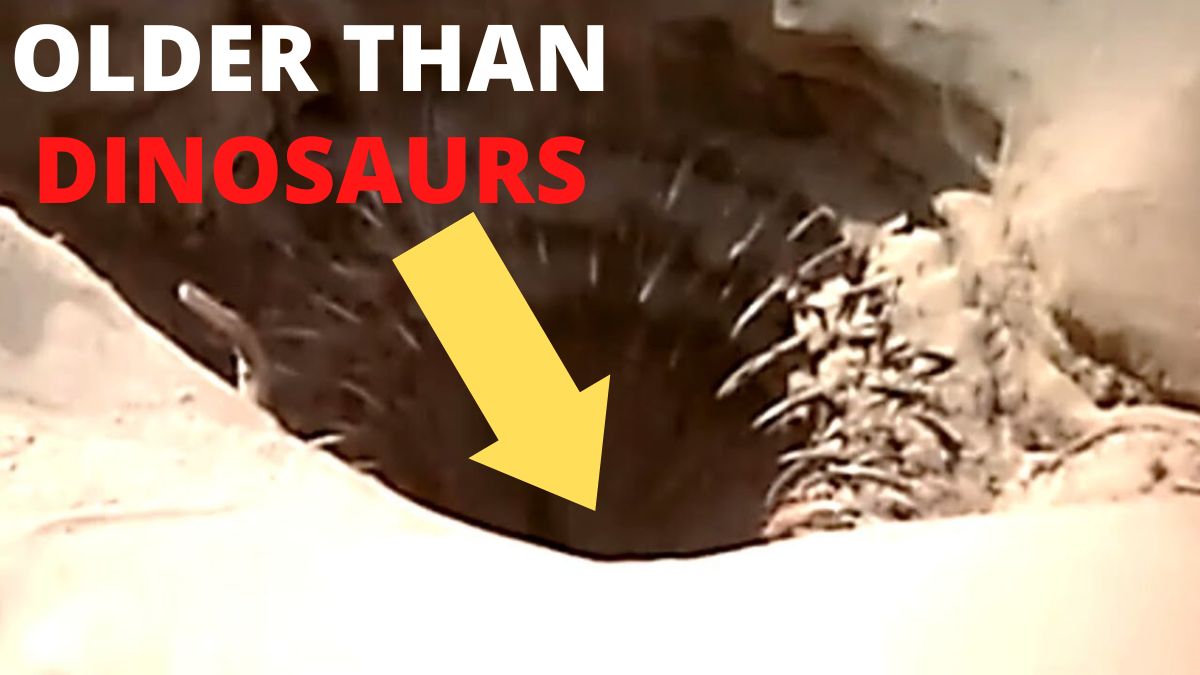
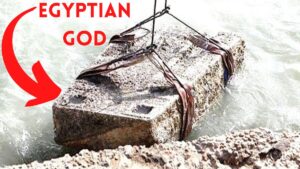
![“[God DNA] Proves Presence of God” says Scientists God DNA](https://spaceupper.com/wp-content/uploads/2021/10/God-DNA-300x196.jpg)
